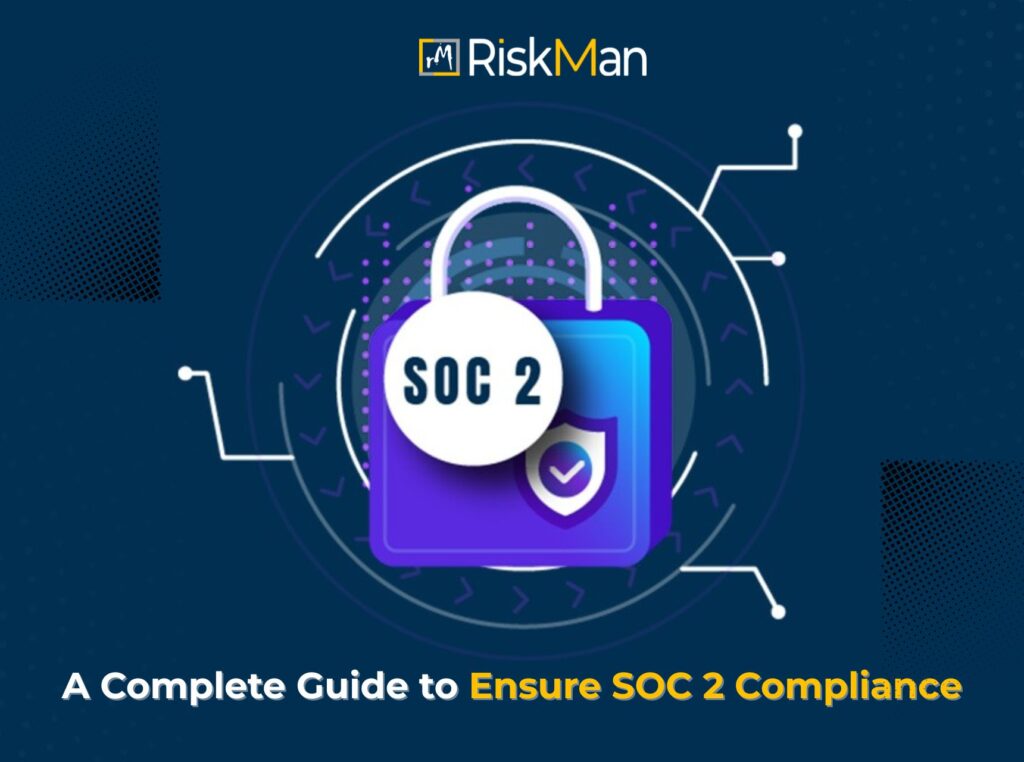
SOC 2 compliance is a crucial factor for companies to build client trust and ensure internal system security. The succession of this compliance is based on five criteria of trust service: accessibility, confidentiality, protection, individual privacy, and processing completeness. This blog discusses these five criteria in detail and the necessary steps that are required for companies to successfully implement SOC 2 compliance.
What Is SOC 2 Compliance?
SOC 2 is an organizational framework that addresses the reliability, privacy, and security of customer data used in cloud services. This framework is established by the American Institute of Certified Public Accountants, or AICPA. Once the organization becomes SOC 2 compliant, it ensures that it has taken necessary measures for handling the users’ and other stakeholders’ sensitive data securely. This, in return, helps them to gain trust in the organization. Organizations need to conduct various activities to remain SOC 2 compliant. These activities include, but are not limited to, auditing, adhering to best practices, following data security guidelines, and system monitoring.
Criteria for SOC 2 Trust Services
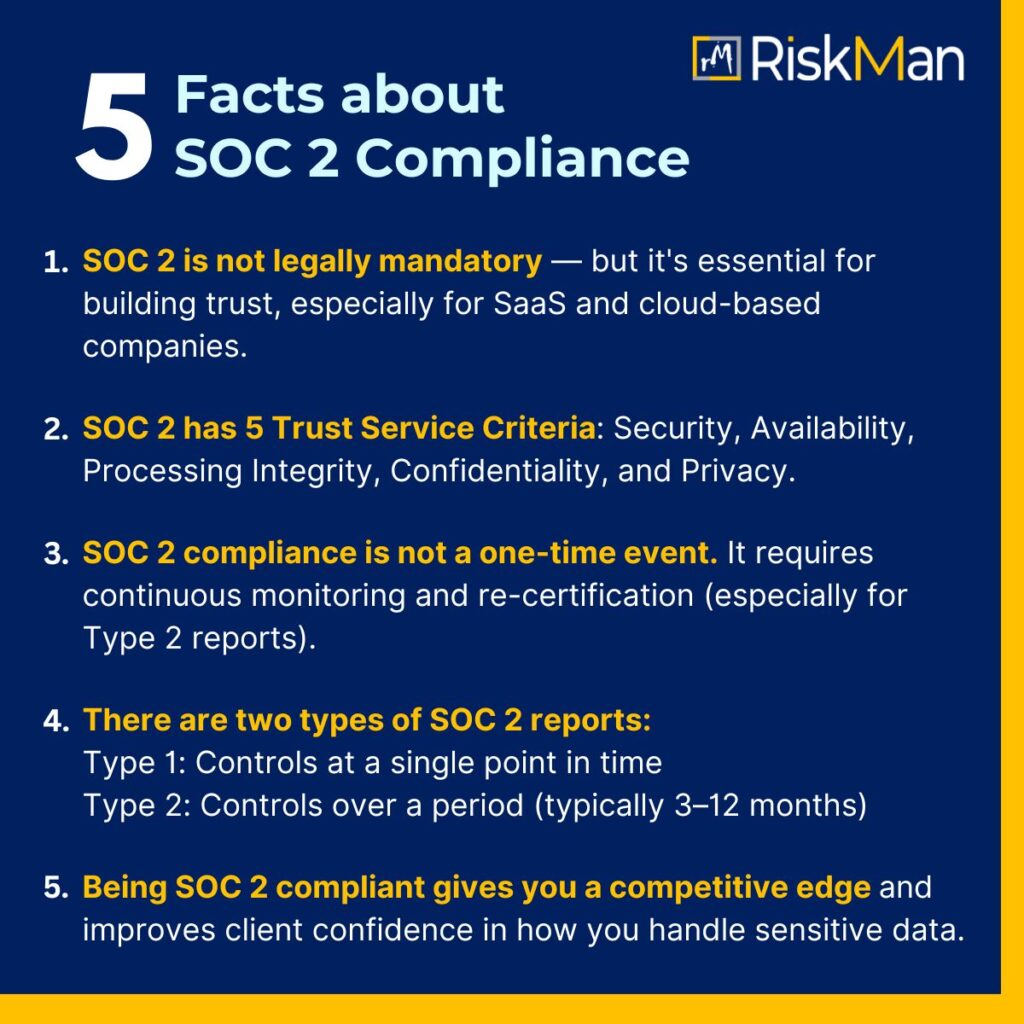
As discussed earlier, SOC 2 trust services have a total of five criteria, such as accessibility, confidentiality, protection, individual privacy, and processing completeness.
- Protection: Security provision measures are important for system safeguarding from unauthorized access.
- Accessibility: System availability for every level user is necessary.
- Processing Completeness: The processing of the system needs to be authorized, complete, and accurate. Proper validation checks of input help to secure against invalid data entering the system. The accuracy and consistency check of any automated data is also necessary.
- Confidentiality: Sensitive information must be protected with electronic security.
- Privacy: Finally, the existing data of the stakeholders needs to be handled with privacy by adhering to the privacy policy. This includes the data privacy policy implementation and individuals’ data protection controls.
Maintaining these criteria is important as it helps to bridge the gap between security policies and organizational procedures. Organizations need to create awareness among the employees regarding the above-mentioned criteria.
Strong Internal Control Implementation
Strong internal controls are the only way to achieve successful SOC 2 compliance, whereas the opposite will lead to failure. The users must have access only to the necessary information for their work. This will create a lower privilege giving policy and higher system control within the organization. It is possible to achieve this situation with the help of multi-factor authentication implementation, which first gets passed by the organizational network. Furthermore, role-based access control setup and activity log review for unauthorized behavior identification are also important for implementing strong internal controls.
Continuous System Monitoring
SOC 2 audit usually occurs on an annual basis; however, it is possible to conduct this audit more frequently. A regular review of internal security policies is important, and these frequent internal audits can help your company to test the strengths of your safety measures. With the usage of the SIEM system (Security Information and Event Management) notifications, organizations can identify any unauthorized activities instantly. Along with automated monitoring, internal compliance audits are also necessary from time to time to improve internal system controls.
Proper Documentation
A proper documentation process is highly necessary for organizations to get the best value from SOC 2 reports. This comprehensive documentation process includes security policies, system processes, and response plans for incidents. These details help to demonstrate the importance of SOC 2 compliance. Auditors can gather the necessary details in the future from these documents. SOC 2 standards can only be maintained, and data breaches can be secured with the help of this comprehensive documentation process. However, these documents need to be flexible for every level of usage that should have access. The request for access must be changed when unauthorized activities are happening.
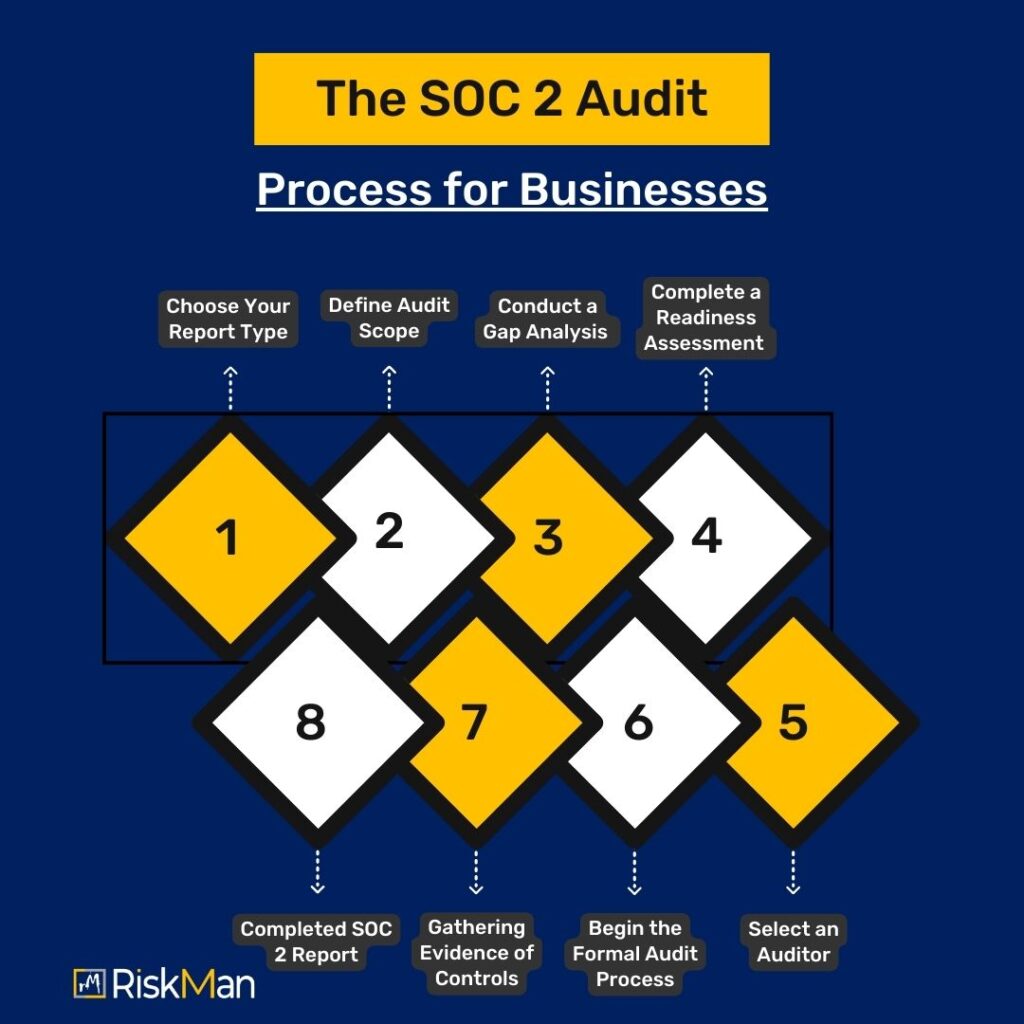
Regular Audit Preparations
As mentioned previously, SOC 2 audits must occur on an annual or periodic basis. Conducting this audit continuously may become challenging, but it must be done so that the compliance remains relevant. Staff members need to be involved in this audit for organizational security policy reviewing, along with the compatibility analysis of the company with SOC 2 requirements.
Tools like DAST can be used for identifying system vulnerabilities. Every employee needs to be aware of their responsibilities to make this compliance a success. However, one or a group of people is required for effectively conducting this process, and pre-audit checks are highly helpful for its success. This way, the company can rectify any mistakes before they become more difficult to solve.
Vendor Compliance Assurance
Sometimes, organizations need to interact with second-party vendors as they are a part of the supply chain process. It is required for these vendors to adhere to the SOC 2 standards as well. Data processors, cloud providers, or any other type of services that process sensitive data need to be properly SOC 2 compliant. Without this, the data will fall into the wrong hands, and that would hamper the internal controls as well.
Incident Response Plan
A clear and concise incident response plan is important for every organization to keep the SOC 2 compliance in place whenever it faces any sensitive data breach issues. The below four practices are essential for creating a successful incident response plan.
- When any type of negative situation happens, it is important to identify the people who are responsible for managing that situation.
- The steps for both internal data breach reports and external data breach reports need to be in place.
- The incident response plan needs to be tested frequently to identify the effectiveness of that plan.
- Finally, the usage of the best ransomware protection is required to shield the system from any type of malware activities.
Employee Training and Awareness
Employees need to be aware of the overall SOC 2 audit and report procedure so that compliance can occur successfully. Without proper awareness, the employees may not understand which activities can cause a sensitive data breach. This situation can be handled with proper employee training regarding the activities they should do or avoid doing for effective SOC 2 compliance.
SOC 1 vs SOC 2
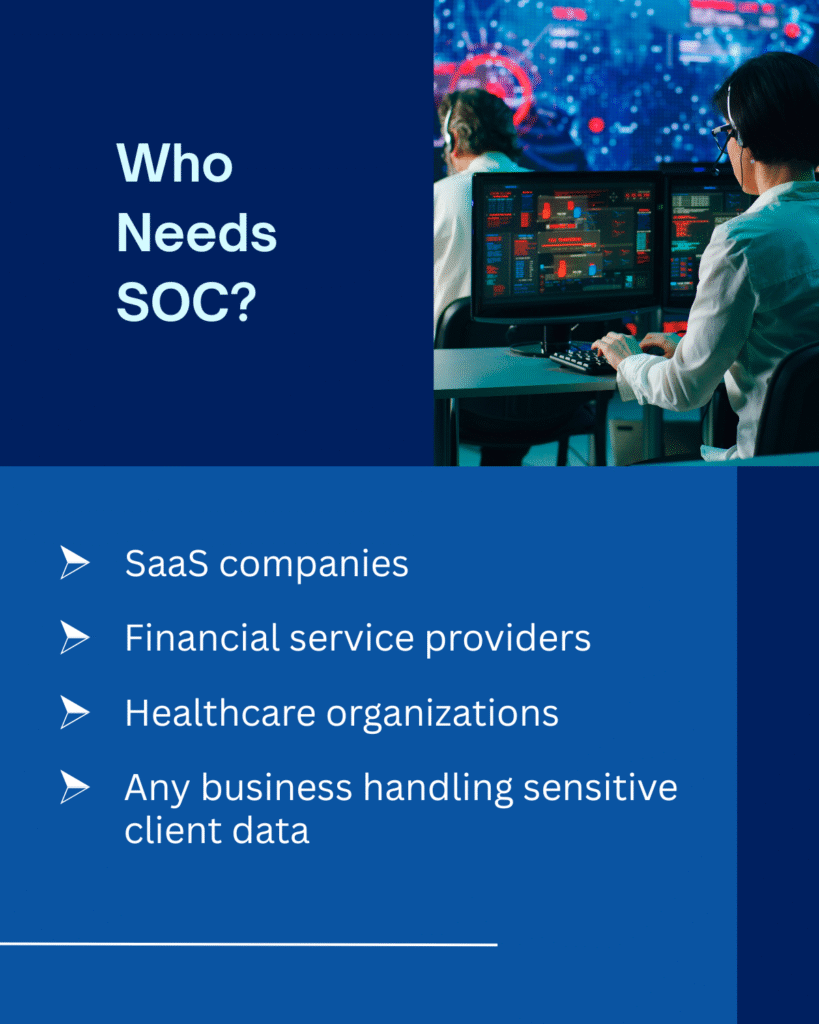
Both SOC 1 and SOC 2 reports are helpful for organizational control assessment. However, they focus on different parts of organizational operations. The main priority for SOC 1 compliance is assessing financial reporting reliability and the organization’s control over that financial information. However, SOC 2 is not limited only to the financial control of the organization. It focuses on privacy, security, confidentiality, process integrity, and availability in a broader aspect. It overall manages the sensitive data of its customers and other stakeholders.
Final Words
Organizational activities are constantly inclining towards online, and it has become important for the organizations to maintain effective security procedures more than ever. In this scenario, SOC 2 compliance is no longer a luxury but has become a necessity to provide required protection. Control over sensitive data breaches and internal system monitoring can be possible with the help of this compliance. This can only be possible with the help of the effective steps mentioned above. If you need further guidance regarding SOC 2 compliance, reach out to our SOC experts at RiskMan Consulting.
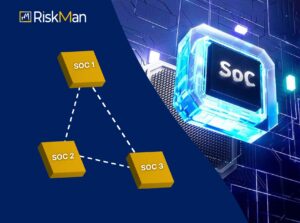

Write A Comment